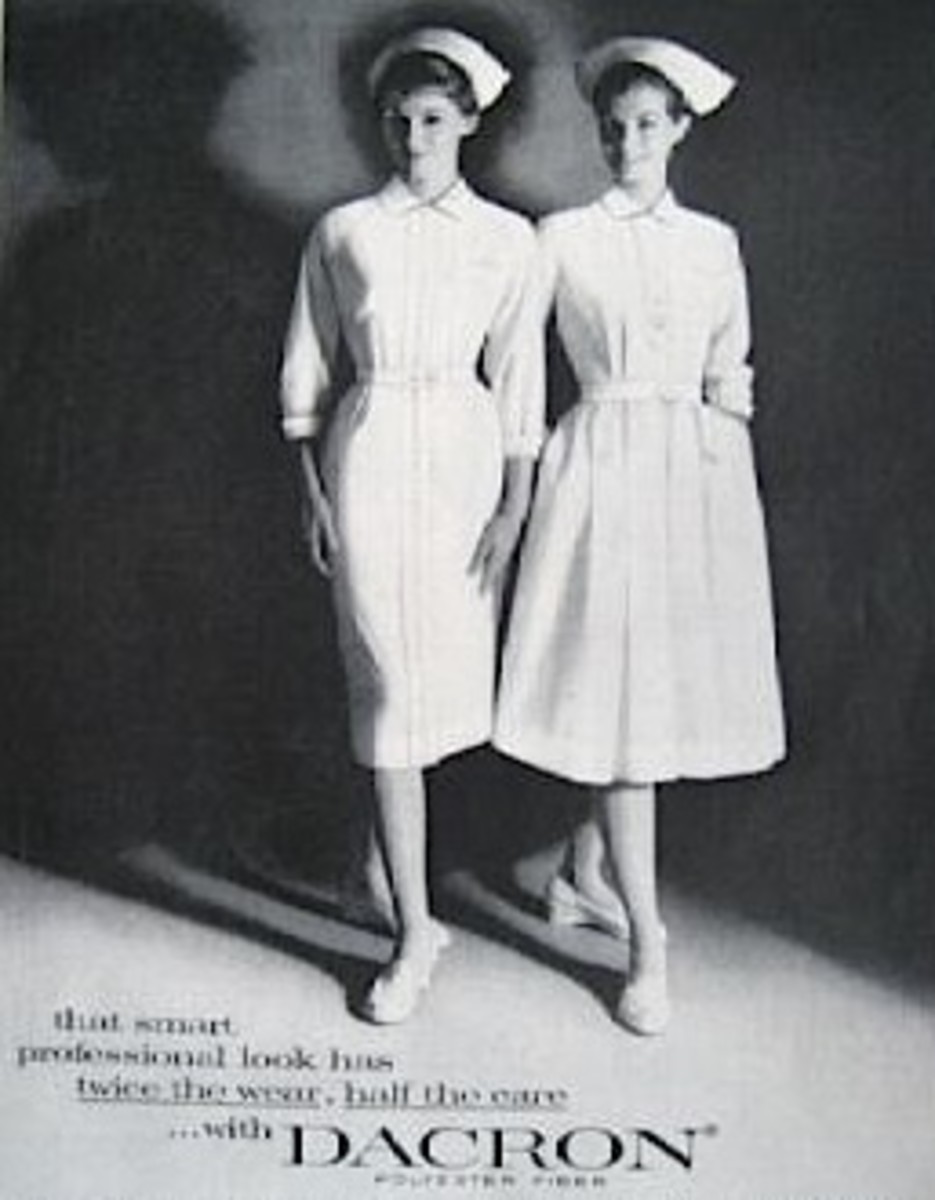How Nursing Models Are Applied in a Professional Environment
Impact of Nursing Models on Adult Critical Care
Spiritual Caring for Adult Critical Care
Studies revealed that the quality of life for cancer patients and their significant others can be enhanced by a variety of psychosocial interventions. Nursing interventions focusing on meeting both physiological and psychological needs of the patient could greatly help the patient and her family. And knowing how to handle this patient concern would greatly facilitate the patient’s situation. At the same time, help nurses cope with any eventuality.
Spiritual facilitation is one way where nurses could provide the needed care or assistance to patient in facing adult critical care issues such as breast cancer. The nursing conceptual models could effectively support this function in order to promote positive client and family resolution to the matter.
There is a close correlation among the proposed approach of spiritual facilitation, intervention, nursing education and conceptual models of nursing. There is a need for nurses to acquire basic education in providing spiritual intervention in relation to breast cancer or adult critical care issues.
Spirituality pertains to the essential awareness of one’s soul or spirit and is senses within each person, apart from the beliefs of others. Spirituality is transcendence over the physical body. Spiritual awareness goes beyond physical reality in order to create a sense of meaning and purpose to human life.
The American healthcare system recognized the need to treat patients using a holistic approach. Holism treats the client and/or family as a whole that includes the body, mind and spirit. The holistic approach focuses on the healthcare services extended to the patient that assist not only the physical or emotional needs but also the spiritual aspect.
The Joint Commission of Accreditation for Healthcare Organization (JCAHO) sets the basis on nursing standards to attain quality, outcomes-oriented client/patient care. JCAHO includes spiritual care as one of their standards of care. The North American Nursing Diagnosis Association (NANDA) recognized spiritual distress as a nursing diagnosis that will accomplish the measure set by the standard. Spiritual distress is a condition in which an individual or group experiences conflict in their faith or value system in which they cling on to for strength, hope and life’s meaning.
Spiritual provision is relevant in the practice of nursing. Three of the nursing models that espoused the concept of spiritual facilitation are Neuman’s System model, Rogers Science of the Unitary Human Being and King’s General Systems Framework. Each has a unique viewpoint with regards to this issue.
Betty Neuman’s Systems Model
The client/client system factor of Neuman’s model concentrates on the relationship
between the client and the caregiver/nurse, taking into consideration the perceptions of the caregiver and how those perceptions affect the client. These perceptions are lines of defense and resistance.
For example, if the nurse (consciously or unconsciously) feels some difficulties and obstacles in providing competent EOL care, these will come out as stressors. If one or more stressors are present for a period of time, the stressor will affect the nurses’ adaptability of defense and the normal line of defense will be invaded. This may cause an ineffective reaction to the stressor. A tangible example of this would be a nurse who has a patient that wants to talk about spiritual issues. If the nurse is bothered by those issues, the nurse would most likely either avoid the patient or delegate the responsibility to a chaplain or minister. This situation may not be suitable for the client especially if he or she has some reluctance on approaching a religious.
Neuman’s model combines the characteristics of the systems category of nursing knowledge - the open and closed systems. The open system preserves itself in an incessant inflow and outflow, a building up and breaking down of components. The closed system, on the other hand, is considered to be unaffected by its environment.
Neuman believes that stress and conflict are the forces that change the client/client system structure through the interconnecting variables coming from the internal and external environment.
Rogers’ Science of the Unitary Human Being
Rogers Martha focuses on the ‘unitary, irreducible human being and their environment’. She believes that the Science of Unitary Human Beings ‘is not of the same order as the other conceptual models, nor does it derived from the same world view. The Science of Unitary Human Beings does not deal with health problems, but rather is concerned with the evolution of change in the direction of wherever the human beings think they are going.’ (Rogers, 1987c)
Roger’s concepts espoused the simultaneous world-view as opposed to the popularly held Reaction and Reciprocal conceptual world-views. The reaction world-view pertains to the capacity of human beings to only respond to environmental change in a linear manner. Human responds in order to maintain stability as changes occurs. Change in behavior therefore is due to cause and effect.
In the reciprocal world-view as held by Rogers, maintains that the Unitary Human Being is in constant state of change that leads or results in establishing patterns of behavior. The interaction between the human being and the environment is a rhythmic, continuous and unpredictable phenomenon that serves as the direction for patterning the Self into a complex, organized unitary human being.
Rogers’ meta-paradigm concepts of person, environment and energy fields also relates to spirituality. According to Rogers, energy fields are ‘fundamental units of the living and non-living that signify the dynamic nature of the field in which the field is in continuous motion and is infinite.” “Both human beings and their environments are conceptualized as energy fields with boundaries that do not end at the physical body. Rogers (1986, p.5) states: “..human and environmental fields are infinite and integral with one another.”








